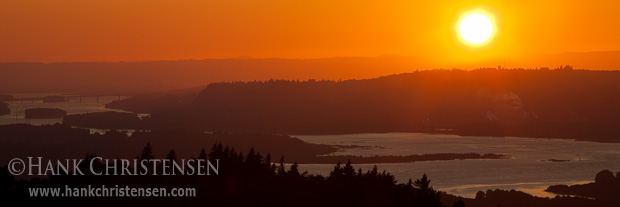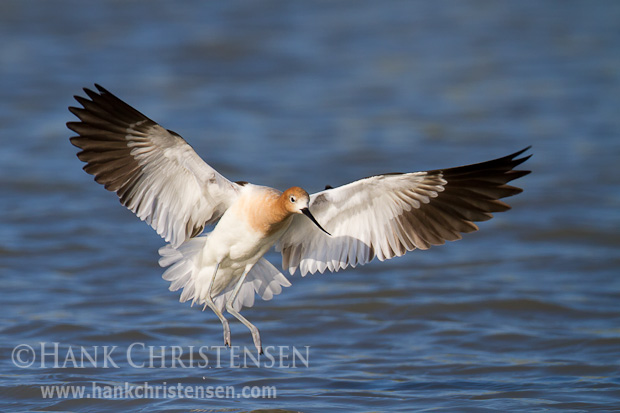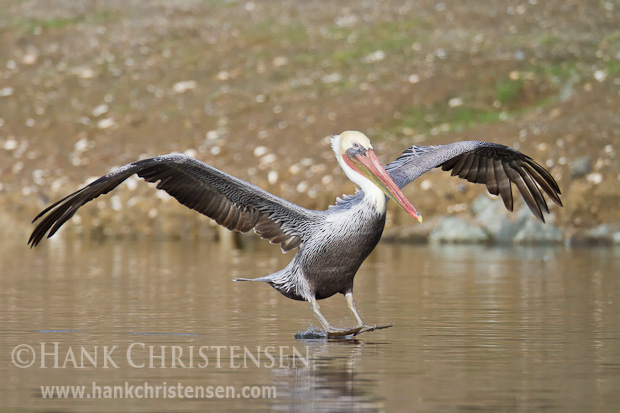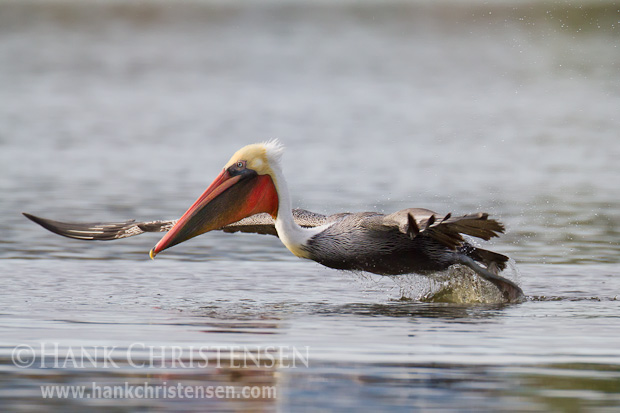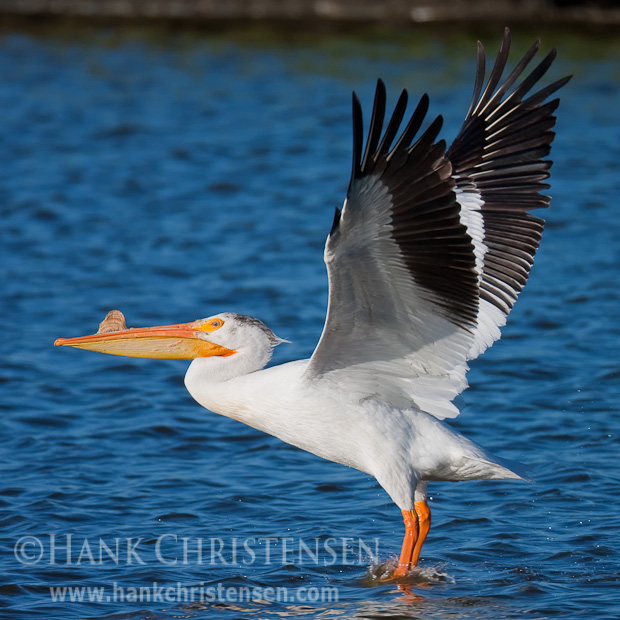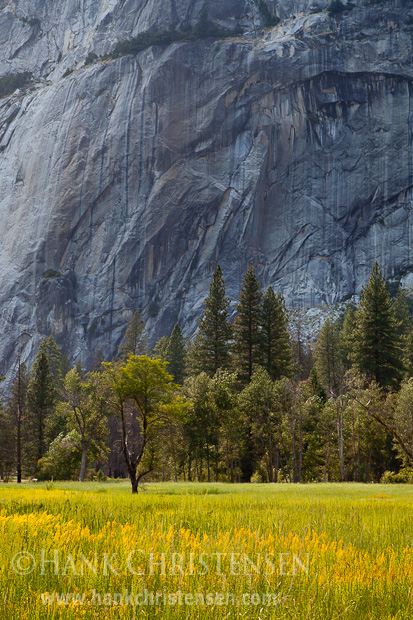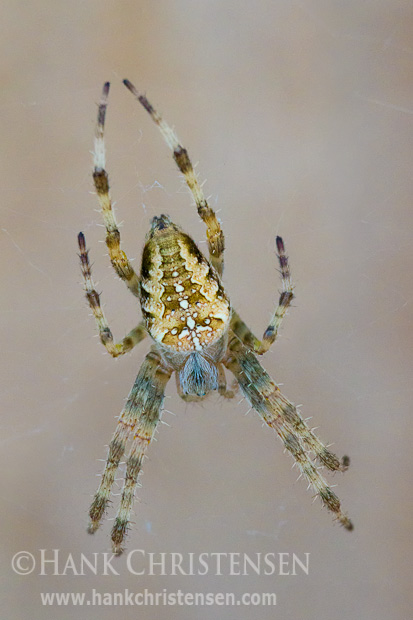
Throughout the year, we see these yellow garden spiders spinning their webs around our front garden. I came across this nice specimen and wanted to capture him on my camera. However, lacking any real macro gear, I had to figure out how to make do with what I did have on hand. If I had my choice of any equipment I wanted for this shot, I would have used:
1. A small tripod with a swing arm (to get close to the web which was inconveniently placed between some hard-to-reach plants)
2. A Canon 180mm macro lens (so I could keep my distance from the creepy spider)
3. A focusing rail (to achieve that manual pin point focus on the beast)
However, I had none of that. What I did have was a 100-400mm zoom lens (non-macro). None of my tripods work work well in this area because of the spacing of the plants, so I was stuck hand-holding. In order to increase the magnification, I was able to reduce the lens’ minimum focusing distance using 3 stacked extension tubes. This allowed me to move the lens closer to the subject, filling the frame with only the spider.
Because I was not using a tripod, I had to keep the shutter speed relatively fast. That meant a larger aperture, and a smaller depth of field than I would have otherwise used (f/8 in this case). In order to compensate, I decided to try the digital technique of focus stacking to achieve the look of a larger depth of field. This image is actually a composite of two shots – one focusing on the spider’s abdomen, and the other focusing on the legs. The sharpest part of each image was blended together.
So, after all applying all these work-arounds, what is the moral of the story? Get some decent macro equipment! 🙂

